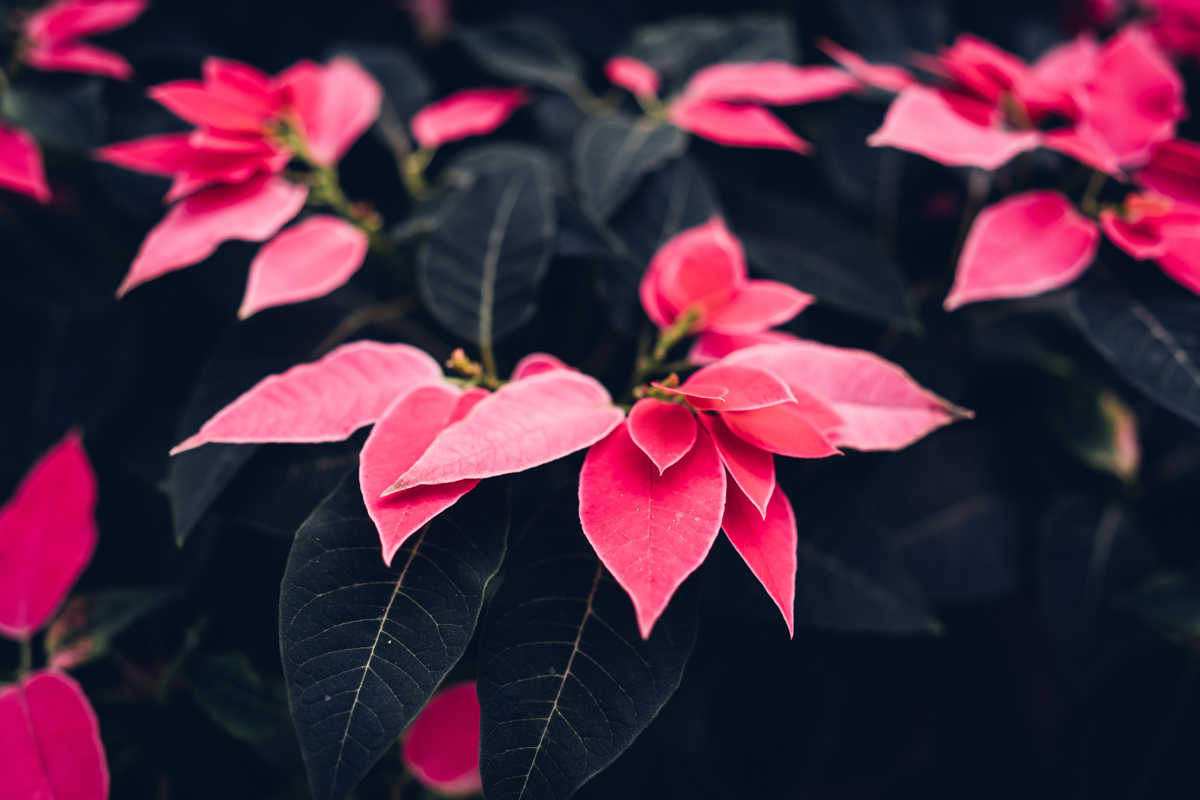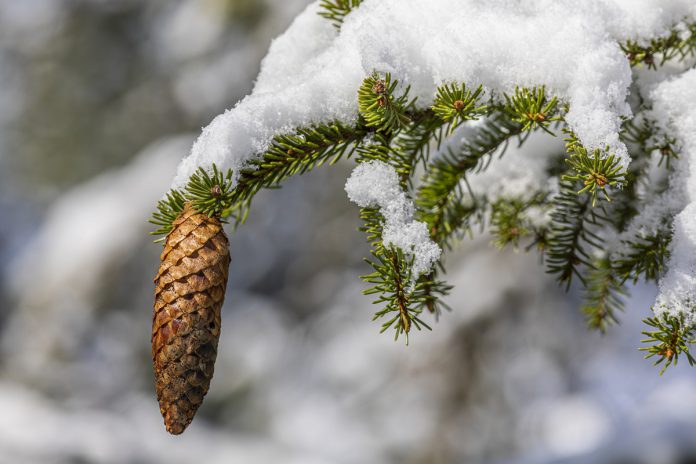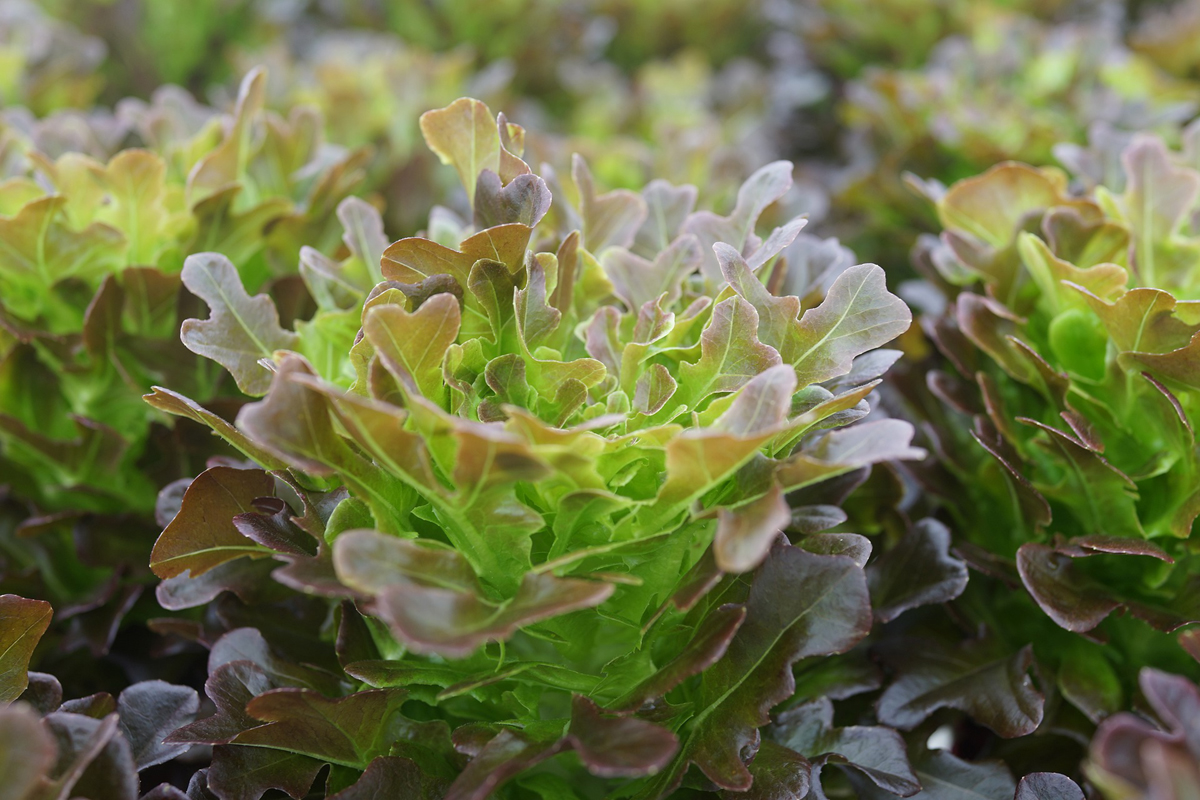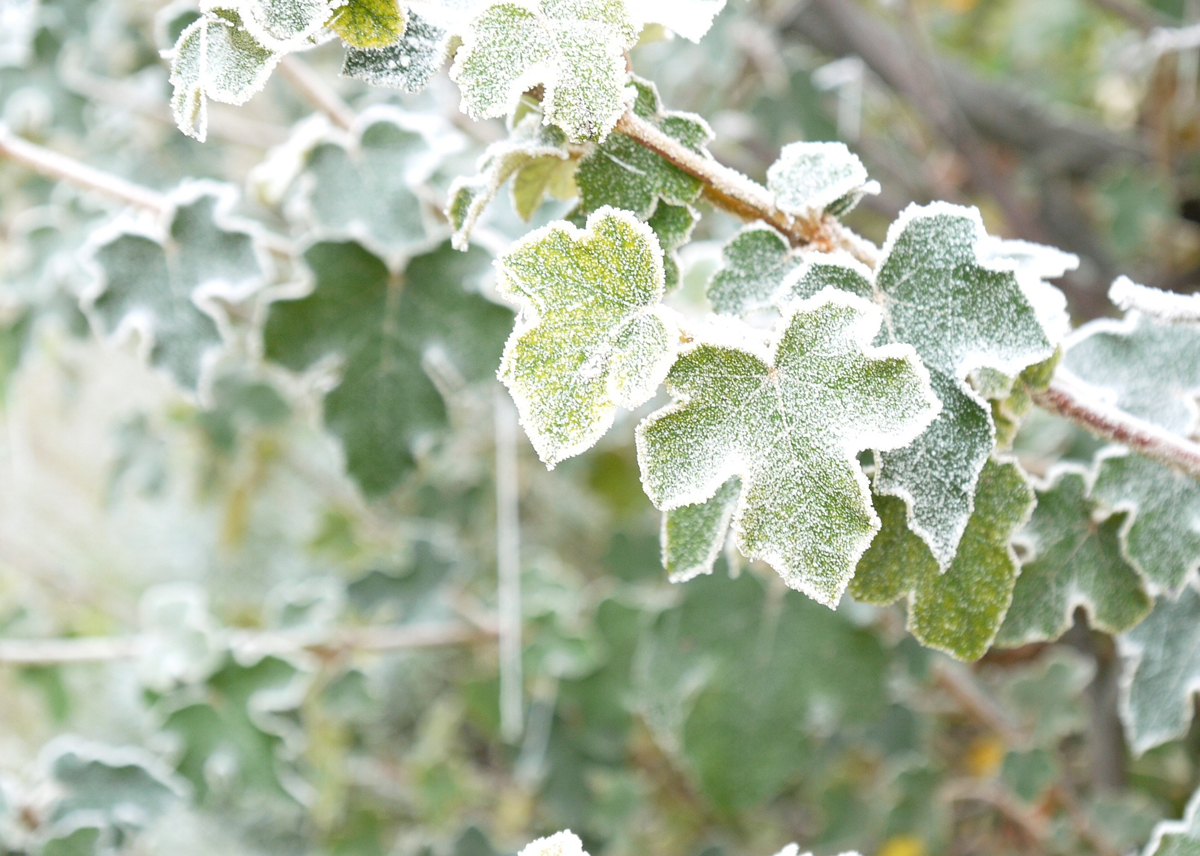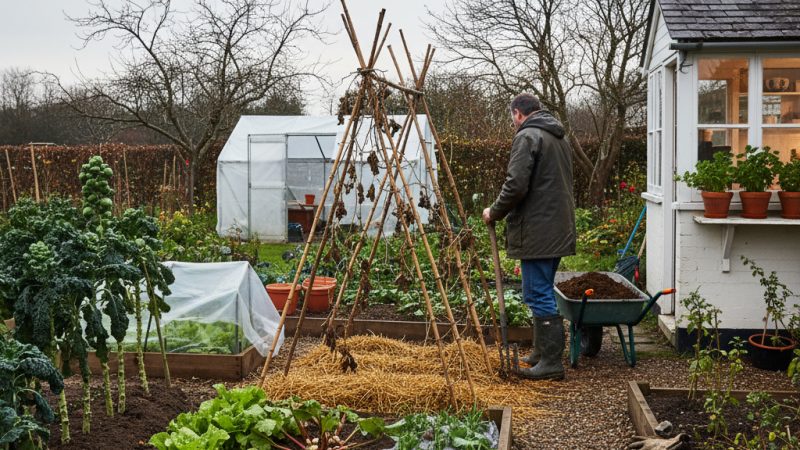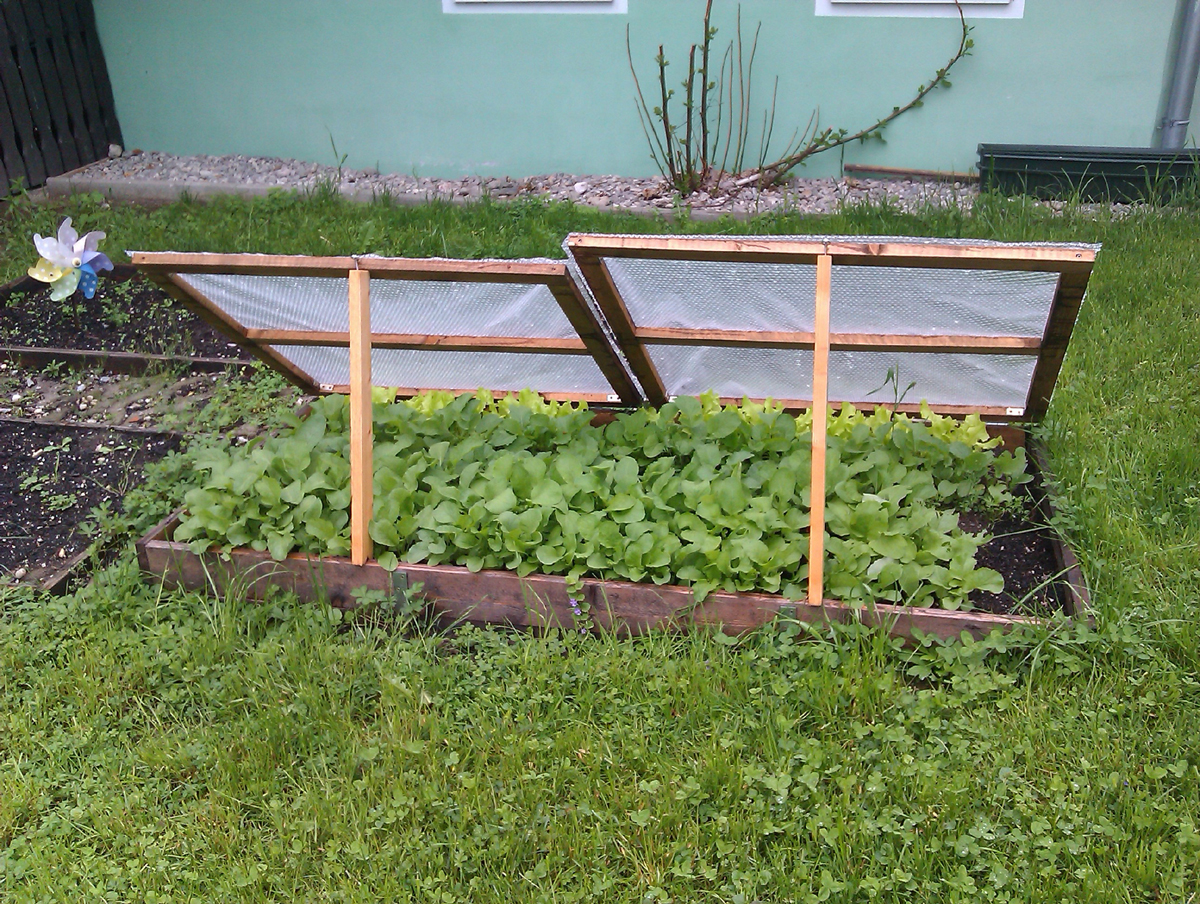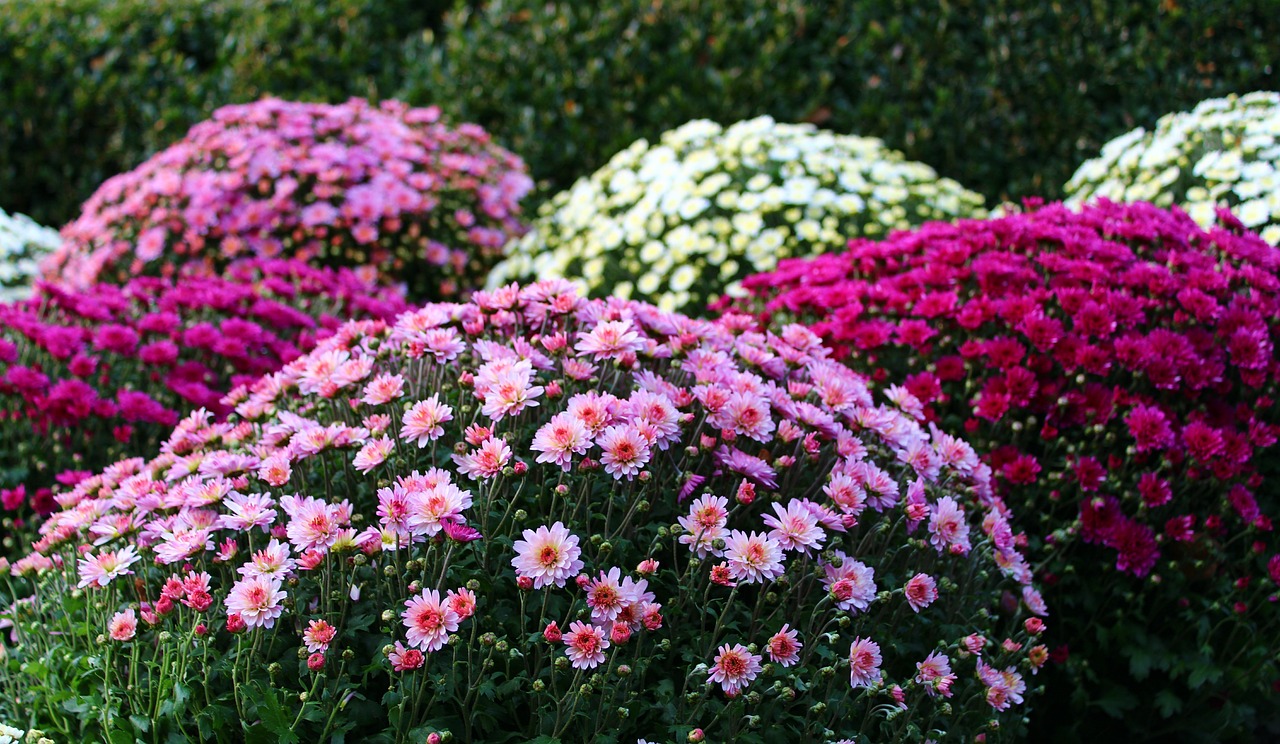Planting Tulip Bulbs in Autumn

Spring flowering bulbs bloom at a time when few other flowering plants are blooming. Tulips can often be seen poking their new shoots through the snow, and they are often seen blooming during a late-season snowfall. In order for these early spring beauties to bloom at their proper season, tulip bulbs need to be planted at the proper time of year. Tulip bulbs planted at any other time of the year will not reliably bloom. Many will rot in the ground and never produce a single flower.
Plant in The Proper Season
In order for tulip flowers to bloom in spring, their normal blooming season, tulip bulbs must be planted the previous autumn. Plant them in fall, when the bulbs begin to appear for sale in garden centers.
Tulips require a “chilling” period of 12 to 16 weeks, in order for the bulb to trigger its “flowering” by developing its miniature flower bud within the bulb. Plant tulips from early fall right up until the ground freezes in early winter.
Choose a Site in Full Sun
Tulips need full sun in order to bloom. Position your tulip bulbs so that they will receive full sun during their blooming season. Many varieties of tulips bloom before deciduous trees have leafed out. This makes it possible to successfully grow tulips beneath shade trees, where there would not be enough sun during other parts of the growing season.
The best tulip varieties to plant beneath deciduous trees are those that bloom in early to mid-spring. Late-blooming tulips are not suitable for planting under deciduous trees, as they generally bloom after the trees have begun to leaf out. Interplant late-blooming tulips among perennials. The tulips will provide early color in the perennial border and the emerging foliage of the perennials will camouflage the fading foliage of the tulip bulbs. It is necessary to allow the tulip foliage to die down naturally in order for them to bloom the following year.
Plant in Fertile Soil
Improve the soil in the area where you are planting your tulips. Loosen the soil by digging down about 8 to 10 inches with a garden spade. Add an inch of peat moss and an inch of compost to the surface of the soil and turn it under to incorporate these amendments into the growing bed. Apply 5 tablespoons of 10-10-10 fertilizer and 2 cups of bone meal for each 10 square feet of growing bed. Scratch it into the soil with a garden claw. Repeat this application when the new shoots of tulip bulbs emerge from the ground the following spring.
Proper Planting Procedure
Tulips look best planted in groups of three to five. Space these clumps about 24 inches apart, and space the individual bulbs about 6 to 8 inches apart within the clumps. Plant tulips so that the bottom of the bulb is approximately 8 inches below the surface of the soil. A good rule of thumb is to plant tulip bulbs at a depth that is equal to twice their diameter.
Position the bulbs so that the pointed end is up, cover with soil and firm the soil gently; pressing down too hard to firm the soil can damage the growing tip of the tulip bulb. Water the planting bed thoroughly after planting. Do not give them any supplemental water until the shoots emerge in spring, and then only if rainfall is sparse.
The Author:
Sharon Sweeny specializes in all things gardening, as well as self-sufficient, do-it-yourself lifestyles.
Photo. Ralph
Source: EA

